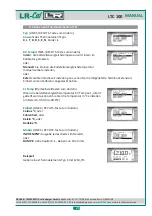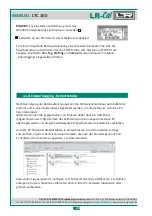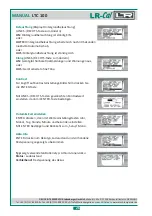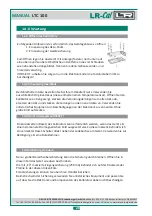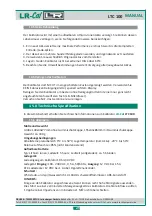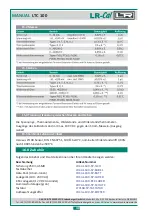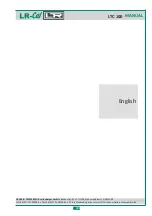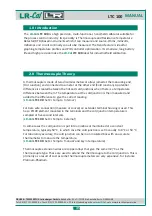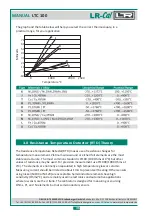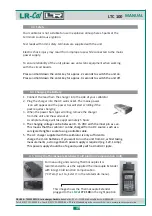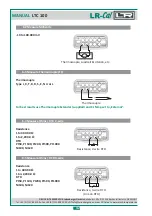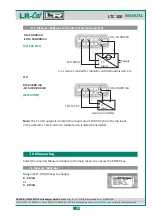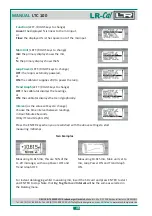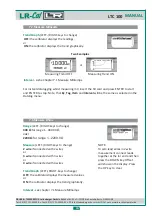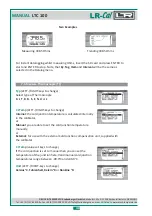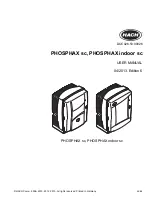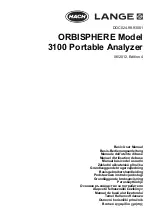
DRUCK
TEMPERATUR
&
Leitenberger GmbH •
Bahnhofstr. 33 • D-72138 Kirchentellinsfurt •
Tel. +49 (0) 7121-90920-0 • Fax +49 (0) 7121-90920-99 •
• www.druck-temperatur.de
GERMANY
DT
www.
-Cal.net
LR
MANUAL
LTC 100
35
1.0 Introduction
2.0 Thermocouple Theory
The
is a high precision, multi-functional, hand-held calibrator suitable for
the process control industry. Its speciality is Thermocouple and Resistance Temperature
Detector(
) based instruments which it can measure and source. Ohms, millivolts,
milliamps and circuit continuity can also be measured. The trend feature is ideal for
graphing temperature profiles and
controller optimization. Its small size, long battery
life and high precision make the
ideal for industrial field calibration.
LTC 100
RTD
PID
LTC 100
LR-
Cal
LR-
Cal
A thermocouple is made of two dissimilar metals or alloys joined at the measuring end,
(Hot Junction) and connected to a meter at the other end (Cold Junction).A potential
difference is created between the hot and cold junctions when there is a temperature
difference between them. The temperature at the cold junction is then measured and
added to the difference to give the correct reading.
(
LR-
Cal
LTC 100
: Set
Temp to ‘internal’).
CJ
For bare wire connection (measure or source) an extender terminal housing is used. This
has a Pt100 element mounted in the terminals and the cold junction temperature is
sampled at five second intervals.
(
LR-
Cal
LTC 100
: Set
Temp to ‘external’)
CJ
In some cases the cold junction is put into an icebox or maintained at a constant
temperature, typically 50 °C, in which case the cold junction is set manually to 0 °C or 50 °C.
For laboratory accuracy, the cold junction can be in an insulated box with an accurate
thermometer to measure the temperature.
(
LR-
Cal
LTC 100
: Set
Temp to ‘manual’ and key in temperature)
Thermocouple extension wires are copper alloys that give the same mV/°C as the
thermocouple type. These are used to extend the thermocouple to the cold junction. This is
primarily as a result of cost as some thermocouple metals are very expensive, for instance
Platinum-Rhodium.
CJ

